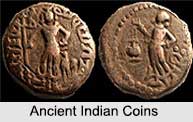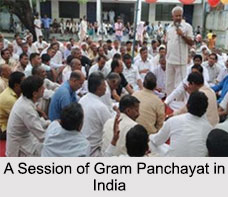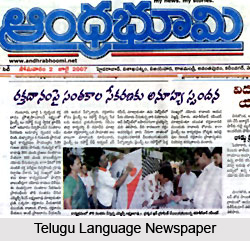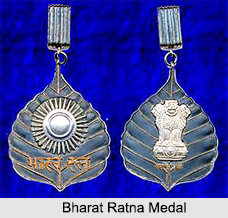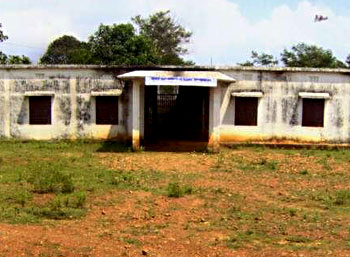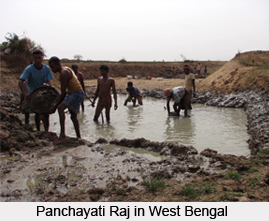 Panchayat Government in West Bengal has been a role model for a rural local self government in India from the year 1978. The three tier rural governance in West Bengal has brought about a lot of developments in the social life of West Bengal. It was the Left Front Government of West Bengal which had improved the rural situations of Bengal. Left Front government of West Bengal not only revitalized the institution of Panchayat Raj, but has also re-shaped and re-oriented the Panchayati Raj in rural West Bengal a meaningful and well-directed movement.
Panchayat Government in West Bengal has been a role model for a rural local self government in India from the year 1978. The three tier rural governance in West Bengal has brought about a lot of developments in the social life of West Bengal. It was the Left Front Government of West Bengal which had improved the rural situations of Bengal. Left Front government of West Bengal not only revitalized the institution of Panchayat Raj, but has also re-shaped and re-oriented the Panchayati Raj in rural West Bengal a meaningful and well-directed movement.
Some of the achievements of the Panchayati System in West Bengal are as follows:
Firstly, the Government of West Bengal made genuine transfer of power and responsibility to the three-tier Panchayat Bodies.
Secondly, the State Government has also allotted adequate resources to all the rural systems of governance.
Thirdly, all the programmes of social and economic development of rural West Bengal have been channelised through the institutions of Panchayati Raj.
The Panchayati Raj in West Bengal have two very important objectives in the passing years that is a fair degree of rural development and a more equitable distribution of the fruits of development. Even in the field of literacy the districts of West Bengal have made considerable progress because the Panchayati Raj in West Bengal has focussed on the eradication of illiteracy programmes. Even the rural development programmes can be taken as a step forward for the alleviation of rural poverty. Panchayat Raj has also ensured mass-participation in the developmental activities.
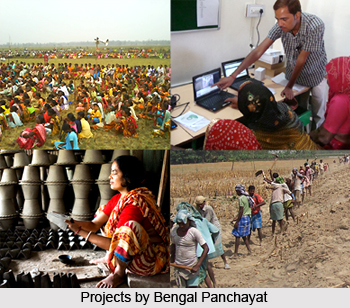 The indicators which testify the success rate of Panchayati Raj in West Bengal are as follows:
The indicators which testify the success rate of Panchayati Raj in West Bengal are as follows:
(i) Out-migration from villages has virtually stopped and the begging in the towns or cities by the villagers is hardly found.
(ii) Whereas in most Indian States, the percentage of rural non-workers has gone up, in West Bengal it has come down.
(iii) Agrarian production has virtually doubled in the last ten years, thereby exceeding all-India average.
(iv) West Bengal is the only State where the percentage of male agricultural labour in workforce has declined.
(v) The process of polarisation and pauperisation also appears to have been reversed in West Bengal; poverty remains, but mal distribution is less apparent.
(vi) Studies show that agricultural and poor peasants in West Bengal have fully profited from the development work of the Panchayats
(vii) Panchayat system has considerably eradicated village poverty.
But at the same time it can be said that the Panchayati Raj in West Bengal is not free from all problems. There are certain hindrances which perils the Panchayati Raj in West Bengal. They are:
•It is alleged that the unprecedented electoral successes of the Left Front in the Panchayat elections are leading to radicalism for eroding the power base of the opponents.
•The charges of corruption levelled against the Panchayat members are very much in the air.
•The most important weakness of the Panchayat Raj is the shortage of financial resources.
Finally it can be concluded saying that Panchayati System in West Bengal is a bold and innovative step. The Panchayat System and the process of rural reforms in West Bengal have done considerably well. Panchayat Raj in West Bengal ensures political dynamism and mass participation for the development of the weaker sections of the rural populations.







